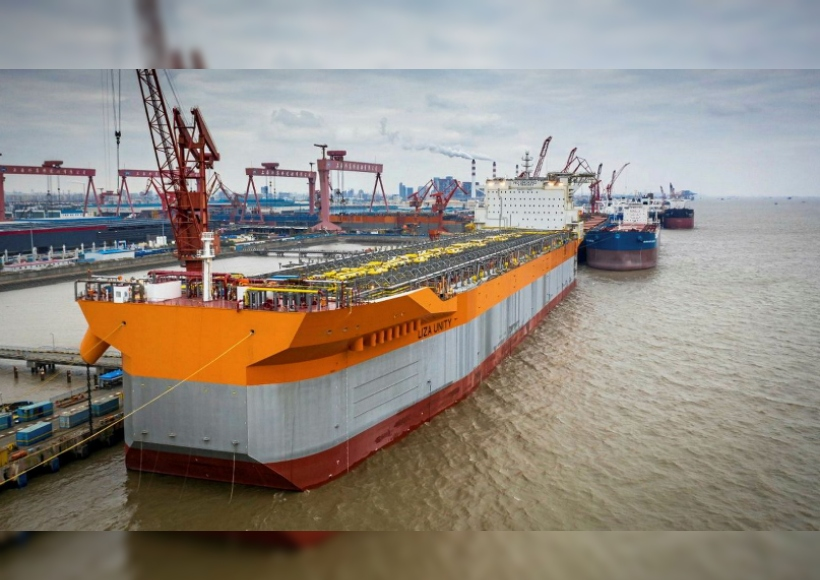In an effort to safeguard the marine environment in Guyana’s Exclusive Economic Zone (EEZ), the Environmental Protection Agency (EPA) said it is closely monitoring produced water being discarded during offshore operations by oil companies.
Several pieces of literature notes that produced water refers to the liquid trapped underground but which then surfaces during the extraction process for oil and gas resources.
Traditionally, offshore production platforms worldwide have discharged treated produced water into the ocean, following strict quality guidelines. Alternatively, some platforms reinject it into geological formations, such as hydrocarbon reservoirs no longer in production.
The EPA was keen to note via a statement on Tuesday that its rigorous management practices have kept the risks of environmental impact exceedingly low. It noted that extensive long-term studies conducted in regions including the North Sea, Australia, Brazil, and globally have consistently reported minor, chronic impacts on sensitive organisms close to the facilities. These impacts it said, are even less pronounced in tropical regions, thanks to warm water temperatures that aid in the rapid biological degradation and volatilization of trace hydrocarbon concentrations.
Kemraj Parsram, the Executive Director of the EPA expressed the agency’s unwavering commitment to responsible produced water management noting that, “We receive live feed of the (produced water) releases from the Floating, Production, Storage and Offloading (PSOs) vessels and monitor those constantly. We also undertake independent water quality sampling to ensure our standards are met.”
Furthermore, the EPA said it sets strict requirements for produced water discharges into the sea after treatment, ensuring compliance with the MARPOL Annex I Regulation 14. This regulation mandates that the oil content must not exceed 15 mg/L (parts per million), with a daily maximum of 42 mg/L and a monthly average of under 29 mg/L. Additionally, the temperature of the discharge must not deviate by more than three degrees Celsius from the surrounding seawater temperature within a 100-meter radius of the discharge point.
Parsram emphasized the agency’s commitment to maintaining high standards, stating, “The EPA would never allow any discharges that could be described as ‘hot, greasy water’ from ever occurring in Guyanese waters. Our requirement is that any impacts have to be well within acceptable levels and as low as reasonably practicable.”
In a bid to enhance oversight further, the EPA said it is intensifying its monitoring efforts for FPSO discharges and plans to collaborate with international experts for an independent review of the monitoring data.
Additionally, the agency affirmed that it is dedicated to providing transparent, verifiable, and reliable reporting on the impacts of the petroleum industry within Guyana.













